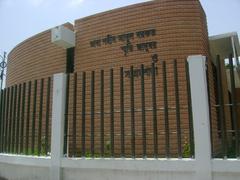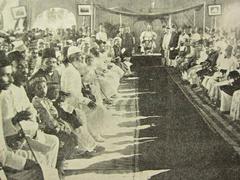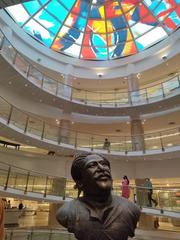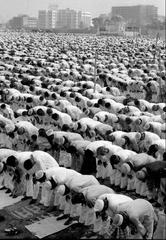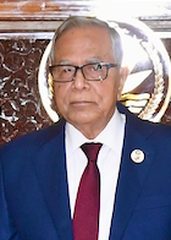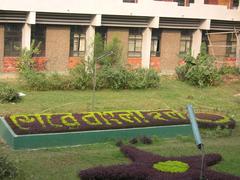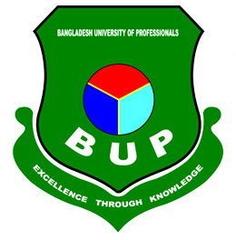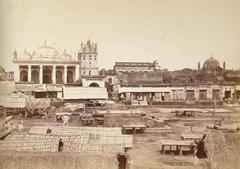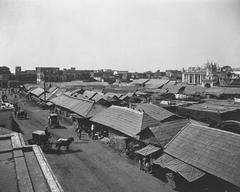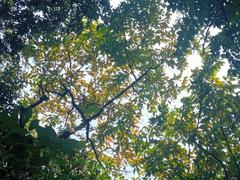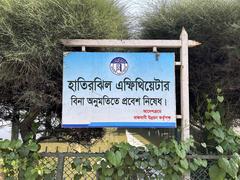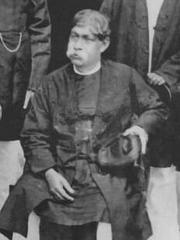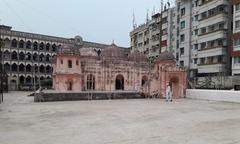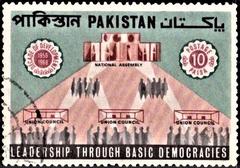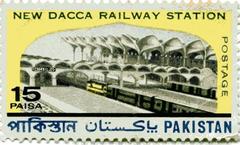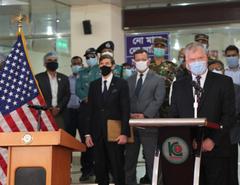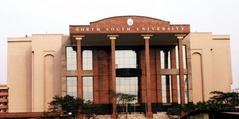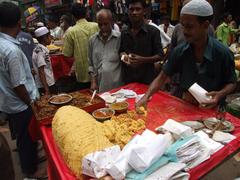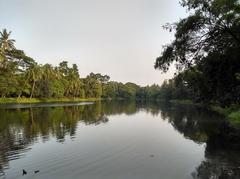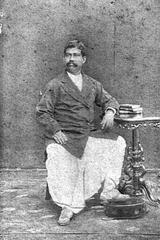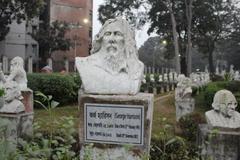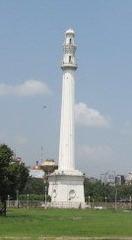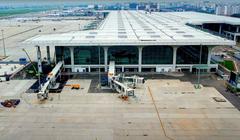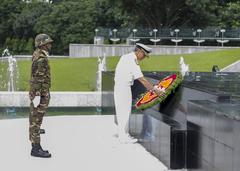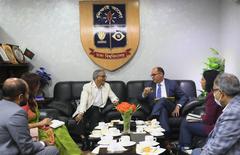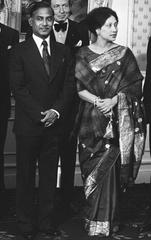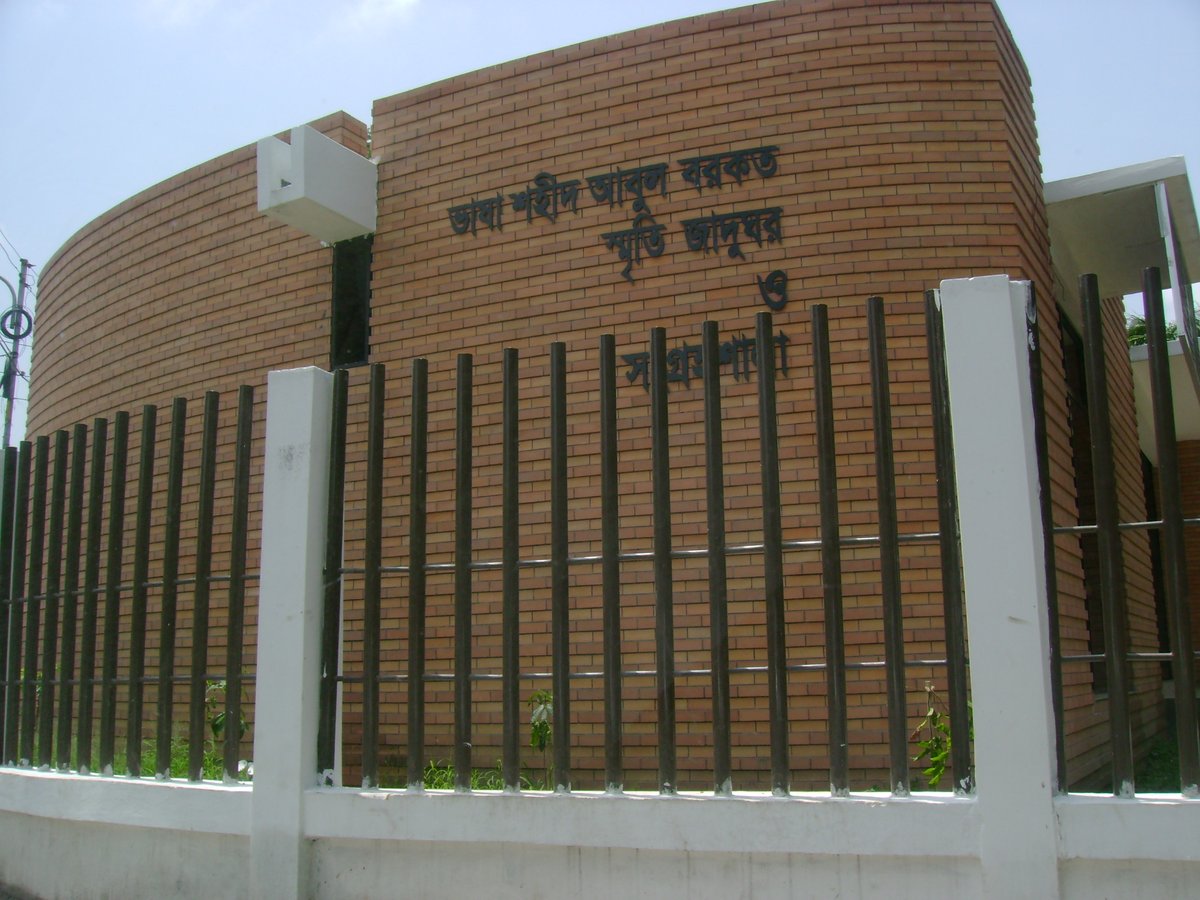
Abul Barkat Memorial Museum Visiting Hours, Tickets, and Dhaka Historical Sites Guide
Date: 14/06/2025
Introduction
The Abul Barkat Memorial Museum, situated within the University of Dhaka campus, stands as a significant tribute to Abul Barkat and the martyrs of the 1952 Bengali Language Movement. As a beacon of Bangladesh’s struggle for linguistic and cultural rights, this museum not only commemorates a pivotal chapter in the nation’s history but also serves as an educational and cultural institution dedicated to preserving the memory of those who sacrificed for the recognition of the Bengali language. Through its thoughtfully curated exhibits, historical artifacts, and educational programs, the museum offers visitors a profound understanding of the events that shaped modern Bangladesh.
This comprehensive guide provides essential information about the museum’s visiting hours, ticketing, accessibility, layout, and nearby historical attractions. Whether you are a history enthusiast, researcher, student, or traveler, you will find practical tips and insights to help you make the most of your visit to one of Dhaka’s most meaningful landmarks.
For further historical context and visitor resources, refer to reputable sources such as Wikipedia, UNESCO International Mother Language Day, and the Dhaka Tribune.
Historical Background
The Bengali Language Movement and Abul Barkat’s Role
On February 21, 1952, students and activists in East Pakistan (now Bangladesh) protested the imposition of Urdu as the sole state language, demanding recognition of Bengali. Among the demonstrators was Abul Barkat, a political science student at Dhaka University, who was fatally shot by police during the protest. His sacrifice, along with those of other martyrs, became a symbol of the struggle for linguistic and cultural rights. The movement’s legacy is globally recognized—UNESCO declared February 21 as International Mother Language Day in 1999, underscoring its enduring significance (UNESCO).
Establishment of the Museum
The Abul Barkat Memorial Museum was inaugurated in 2012, marking the 60th anniversary of the Language Movement. Located inside Zahurul Haque Hall at Dhaka University—an institution at the heart of the protests—the museum was established to preserve the legacy of the language martyrs, with support from the Abul Barkat Foundation, Dhaka District Council, and university authorities (WorldOrgs; Dhaka Tribune).
Museum Architecture and Layout
The museum’s design blends modern elements with traditional Bengali motifs, creating a contemplative space near the iconic Shaheed Minar. The interior features several galleries:
- Martyrs’ Gallery: Portraits and biographies of Abul Barkat and fellow Language Movement martyrs.
- Timeline Exhibit: Archival photographs, newspaper clippings, and documents narrating the movement’s chronology.
- Personal Artifacts: Barkat’s belongings, including clothing, books, handwritten letters, and his posthumous Ekushey Padak.
- Multimedia Room: Audio-visual installations with oral histories and documentaries.
- Research Library: Collections on the Language Movement and Bangladesh’s Liberation War, offering resources for students and scholars.
Thoughtful signage in both Bengali and English makes the museum accessible to local and international audiences (The Daily Star).
Visiting the Abul Barkat Memorial Museum
Location and How to Get There
Address:
Abul Barkat Memorial Museum
University of Dhaka, Nilkhet Road, Dhaka 1000, Bangladesh
The museum is located on the Dhaka University campus, near Zahurul Haque Hall and close to the Shaheed Minar monument. It is easily accessible by rickshaw, taxi, or public bus from key city areas such as Shahbagh, Gulistan, and New Market.
Visiting Hours and Tickets
- Opening Hours:
Saturday to Thursday: 10:00 AM – 4:00 PM
Closed on Fridays and national holidays. - Admission:
Entry is free for all visitors. For special events, a nominal fee may apply (typically BDT 50 for adults, BDT 20 for children). Always check for updates on ticketing and hours via the Dhaka University website.
Accessibility
The museum is wheelchair accessible, with ramps and accessible restrooms. Seating areas are available for visitors with mobility needs. Visitors requiring additional assistance are encouraged to contact the museum in advance.
Guided Tours and Educational Programs
Guided tours in Bengali and English are available upon request, providing in-depth insights into the exhibits and the historical context. The museum also organizes seminars, workshops, art competitions, and cultural events, especially on International Mother Language Day (February 21) and other commemorative dates.
Museum Collections and Exhibitions
Permanent Exhibitions
- Abul Barkat’s Life and Legacy: Personal artifacts and a dedicated gallery narrating his journey and activism.
- Language Movement Artifacts: Original banners, pamphlets, protest memorabilia, and rare period documents.
- Interactive Media: Digital installations and documentaries featuring eyewitness accounts and scholarly analyses.
Temporary and Special Exhibitions
Rotating exhibitions address topics such as the evolution of the Bengali script, the role of women in the Language Movement, and international perspectives on linguistic rights. These events often involve collaboration with global organizations, including UNESCO (UNESCO Bangladesh).
Visitor Experience and Practical Tips
Facilities
- Library and Research Archive: Available to students and researchers by appointment.
- Photography: Permitted in most areas (except where indicated); flash photography is discouraged.
- Gift Shop: Offers books, souvenirs, and educational materials on the Language Movement and Bengali culture.
Best Time to Visit
Visit during early mornings or late afternoons for a quieter experience. February 21 (International Mother Language Day) is a particularly meaningful time, with special events and larger crowds.
Visitor Etiquette
Maintain decorum, respect the solemnity of the site, and obtain permission before photographing sensitive exhibits. Modest dress is recommended.
Nearby Attractions
Enhance your visit by exploring adjacent historical sites:
- Shaheed Minar: The national monument to the Language Movement martyrs.
- Dhaka University Central Library
- Curzon Hall
- Bangla Academy All are within walking distance, providing a comprehensive cultural experience (Bangla Academy).
Accommodation and Amenities
Dhaka offers a range of accommodation options near the university, from luxury hotels (e.g., Pan Pacific Sonargaon Dhaka, Le Méridien Dhaka, Radisson Blu Dhaka Water Garden) to guesthouses and mid-range hotels. Nearby areas such as Shahbagh and New Market offer diverse dining options, including traditional Bangladeshi and international cuisines.
Safety, Accessibility, and Responsible Tourism
- Keep personal belongings secure and remain aware of your surroundings in the bustling city.
- Confirm transportation and accommodation in advance, especially during peak periods.
- Weekends in Bangladesh are Friday and Saturday, which may affect the operating hours of attractions.
- Practice responsible tourism by minimizing waste and respecting the cultural and natural environment.
Frequently Asked Questions (FAQ)
Q: What are the museum’s visiting hours?
A: Saturday to Thursday, 10:00 AM to 4:00 PM; closed on Fridays and public holidays.
Q: Is there an entry fee?
A: Entry is generally free. Nominal charges may apply during special events.
Q: Are guided tours available?
A: Yes, in both Bengali and English, by prior arrangement.
Q: Is the museum accessible for differently-abled visitors?
A: Yes, the museum is wheelchair accessible and offers assistance upon request.
Q: How do I reach the museum?
A: The museum is located on the University of Dhaka campus near the Shaheed Minar and can be reached by rickshaw, taxi, or bus from major city areas.
Q: Are there special events?
A: Yes, particularly on International Mother Language Day (February 21) and other national observances.
Environmental Responsibility
Visitors are encouraged to respect the museum environment, minimize waste, and support ongoing preservation efforts to ensure the museum’s legacy for future generations.
Contact and Further Information
For the latest updates on visiting hours, ticketing, group tours, or special events, consult the official Dhaka University website or contact the museum directly. Additional resources and travel tips can be found on Goroli.com.
Conclusion
The Abul Barkat Memorial Museum stands as a testament to Bangladesh’s enduring quest for linguistic and cultural identity. Through its exhibitions, educational initiatives, and commemorative events, the museum fosters national unity, preserves collective memory, and inspires new generations to value linguistic diversity and social justice. Whether you are a scholar, student, or curious traveler, a visit to this cultural landmark offers deep insights into the nation’s past and present.
Plan your visit today, honor the legacy of the Language Movement, and engage with Bangladesh’s vibrant heritage. For guided tours and visitor resources, download the Audiala app, follow us on social media, and explore more travel guides on Dhaka’s historical sites.
Sources and Further Reading
- Abul Barkat – Wikipedia
- Abul Barkat: The Martyr Who Became an Icon – Dhaka Tribune
- Abul Barkat Memorial Museum Inaugurated – Dhaka Tribune
- UNESCO International Mother Language Day
- Language Martyr Abul Barkat Memory Museum and Library – WorldOrgs
- Remembering the Martyrs of the Language Movement – bdnews24.com
- Shaheed Barkat Memorial Museum Guide – Goroli.com
- Bangla Academy
- Dhaka University Official Website
